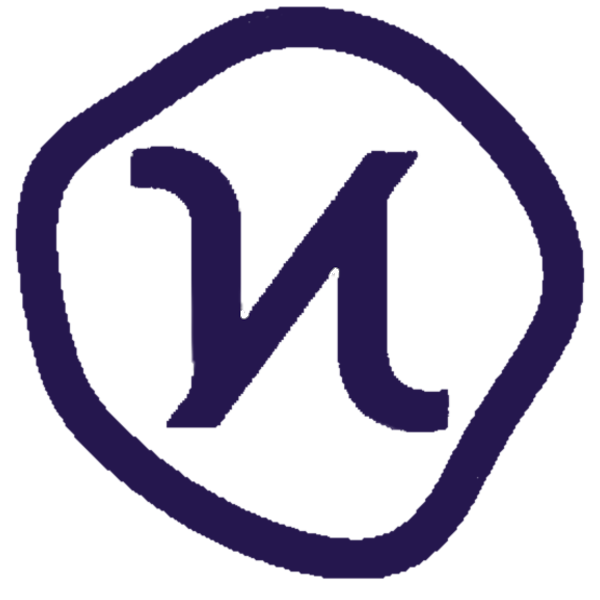Player generated content
There are a ton of web2 websites and apps that would be nothing without user-generated content. Facebook, YouTube, Wikipedia, etc. would all be mostly empty. In part, that's what makes these services web2 and not web1.
From that perspective, the majority of video games are still web1. The game studio builds the game and releases it. Then the players play it. There are relatively few games that actually let players create their own levels, buildings, characters, etc. They can only interact with the content created by the game studio.
There are notable examples of games that are entirely about user-generated content: Minecraft, Roblox, Super Mario Maker, etc.
If you're building a game on blockchain, the default implementation is to create all the content yourself. You create the art, design the smart contracts, issue the NFTs, code the relevant game logic, etc. The freedom you're offering players only pertains to the buying/selling/trading of game assets.
To go one step further, you can outsource the creation of game content to your players. Imagine you were building a collectible card game like Hearthstone. Give players the freedom to design their own cards in-game. If their design requires custom code, let them write the code. These cards don't need to be NFTs, they can just exist in the game for unofficial/unranked creative play modes.
The coolest ideas will be noticed by the community. By building social features, your players can vote on the best cards. Your job at that point is polish and curation. Instead of investing in a massive development team to design, build, and playtest every new set of cards, you can let the community do the majority of that work.
If you do it right, you can even hand over the future of your game to a DAO.
-Luke
P.S. It's notoriously hard to attract and retain quality unpaid creators. Use the blockchain to your benefit and offer rewards to players who create the best/most used/most upvoted content.
